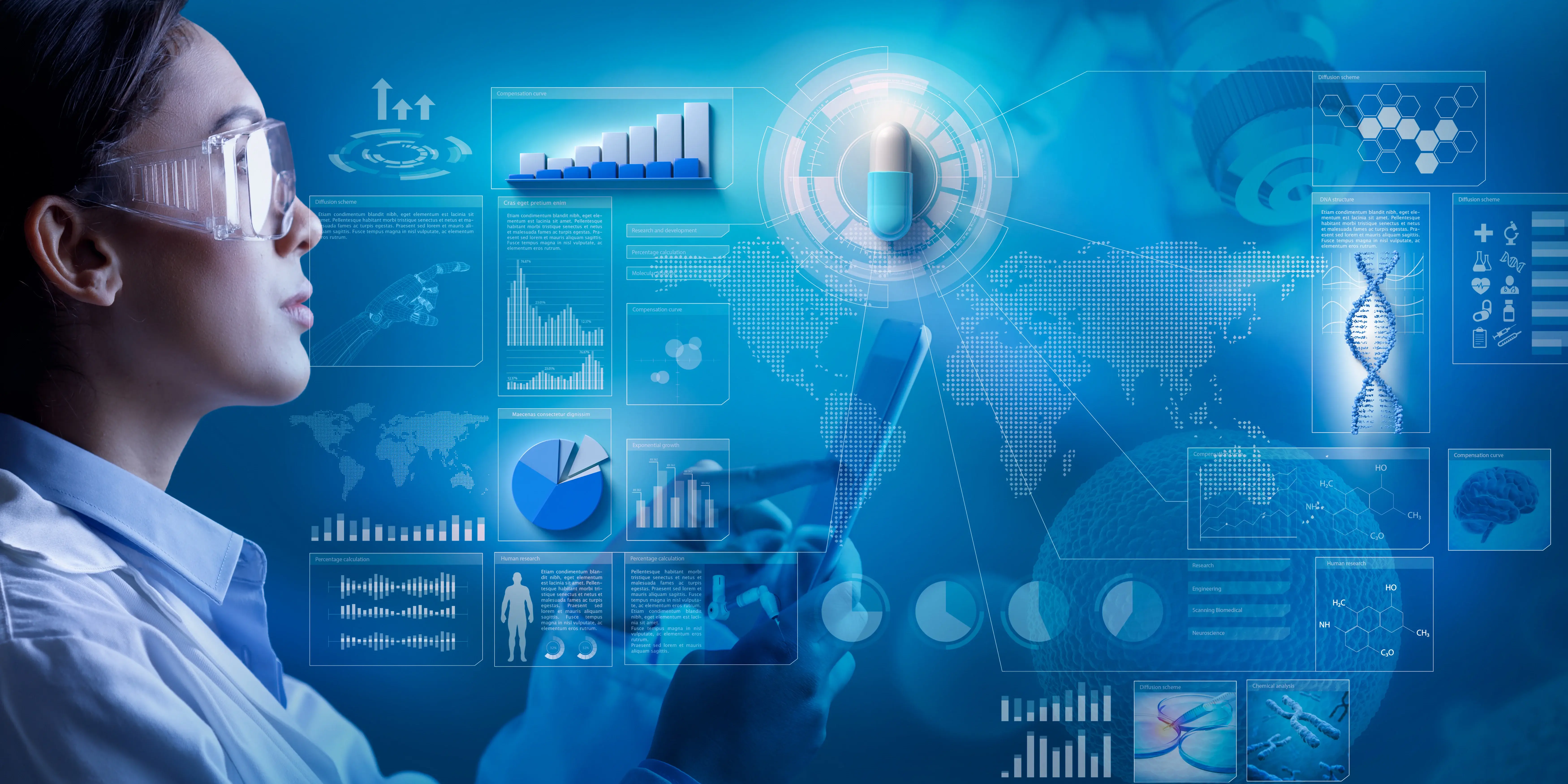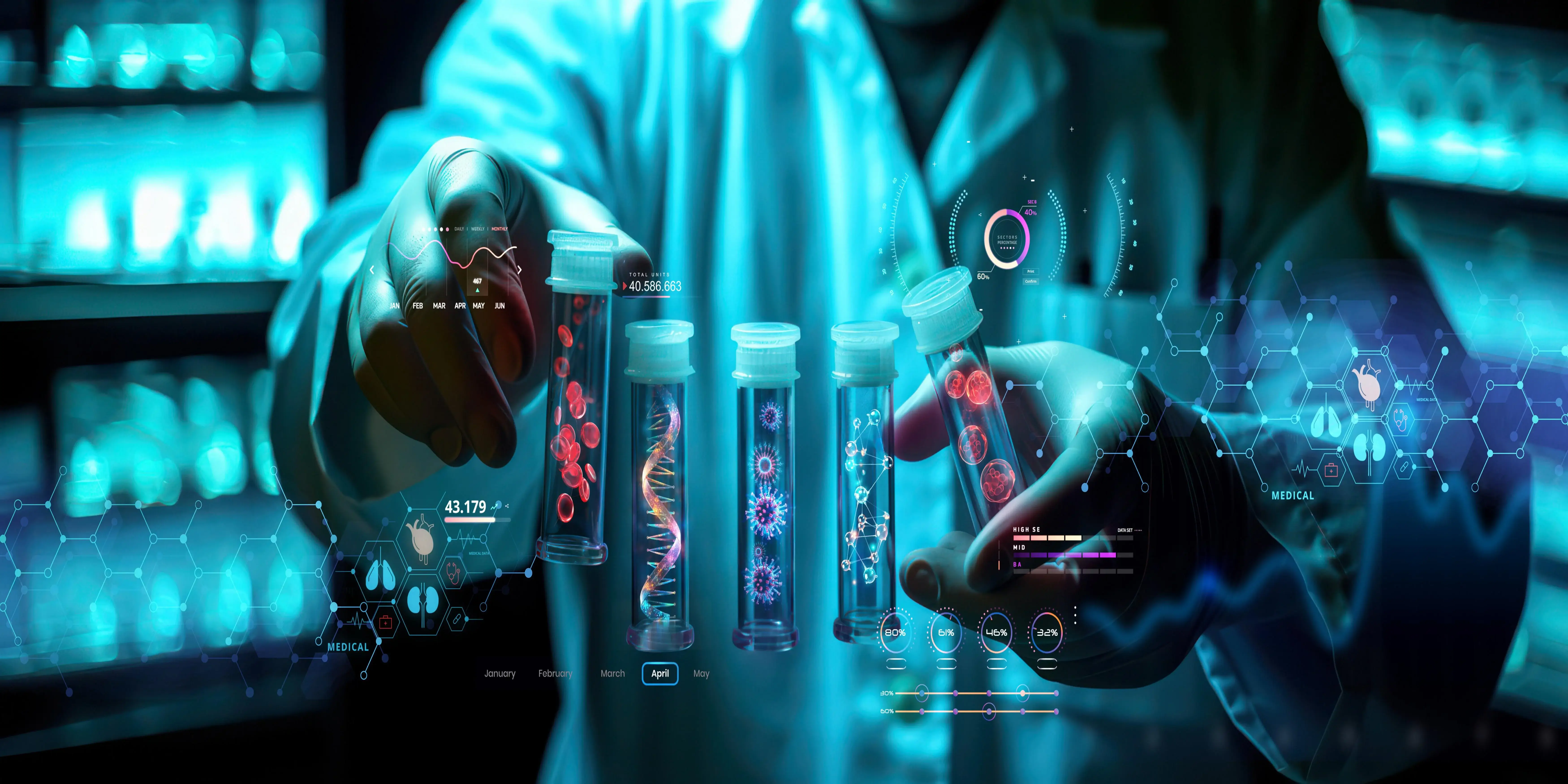Specimen collection is an integral part of medical research and diagnosis that provides the specimens needed in the laboratory for testing. Proper procedures and procedures in specimen collection define specimen integrity, while test findings accuracy consequently affects patient care. Effective specimen collecting involves a lot of steps, factors, and best practices that are all dealt with in this article.
Overview of Specimen Collection
Specimen collection is the collection of specimens from patients or the environment for examination. These specimens may be environmental specimens such as soil or water and biological specimens that include blood, urine, and tissues. Every specimen type has its own handling standards and some collection procedures in order to have an accurate and reliable result of a test.
Types of Specimens
Biological specimens, which include blood, urine, saliva, and tissues, and Environmental specimens, which are air, water, and soil. All of these types have specific collection techniques that have to meet the requirements of the tests that have to be conducted.
Importance of Proper Collection
It must be collected the right way so appropriate diagnostic results are produced. Techniques applied in gathering specimens that are either inappropriate or not enough can lead to contamination, deterioration, or even an insufficient amount, which compromises the analysis integrity.
General Principles
Regardless of the nature of the specimen, some general principles apply. Actually, some of these include proper patient identification and the use of appropriate sterile equipment according to the manufacturer's guidelines. Some specific procedures should be followed in handling and transporting the specimen.
Preparation for Specimen Collection
Patient Identification and Consent
Confirm patient identity. Use two identifiers to ensure accurate patient identification (e.g. name and date of birth). Explain the procedure and any known risks to obtain consent.
Equipment and Supplies
Make sure you have all the needed items before beginning the collection process. This may include swabs, containers, collection tubes, and gloves, depending on the type of specimen. Also, ensure that your supplies are fresh and not outdated.
Knowing what to expect from the tests
Some tests require additional conditions, such as fasting before blood collection, or urine samples collected at particular times. Be aware of these conditions so that appropriate collection is made.
Collection Techniques for Various Specimens
Blood Specimen Collection
Blood specimens are collected through either capillary or venipuncture. Venipuncture is the process of drawing blood from a vein - the arm is the preferred location for such a procedure. However, proper cleaning procedures, along with the appropriate collecting tube according to the kind of analysis, need to be done.
Urine Specimen Collection
There are several ways through which urine samples can be retrieved, including the procedure, clean-catch midstream, and 24-hour collection. Particular rules have been set for each technique to reduce contamination and ensure accurate results.
Tissue Specimen Collection
The common methods of tissue specimen collection include biopsies and surgical operations. For the tissue to be preserved for pathological analysis, the collector should handle and manage it in a sterile manner. In this regard, the following have been essential for the good maintenance of specimen integrity: labeling and documentation.
Handling and Transport of Specimens
Labeling and Documentation
The name of the patient, the date of collection, the time of collection, and the type of specimen should be clearly written on all specimens. This documentation ensures responsibility during the testing process along with traceability.
Control over temperature
There should be several samples transported under certain temperature conditions. For example, a particular blood sample or samples must be transported chilled while others are left at room temperature. These viability requirements for specimens demand such adherence to recommendations.
On-Time Transport
In order to minimize the possibility of decline, specimens must be brought into the lab as early as possible. The setting up of procedures for quick transfer can be very pivotal in the dependability of test findings.
Conclusion
In a nutshell, effective collecting specimen protocols form the backbone of well-informed clinical results and high-level care of patients. Undoubtedly, keeping pace with the numerous collection methods based on the proper guidelines for collecting specimens and maintaining quality assurance would provide a great chance for healthcare professionals to help improve the validity of the laboratory test. Quality specimen collecting culture would flourish through continuous education and best procedures.



